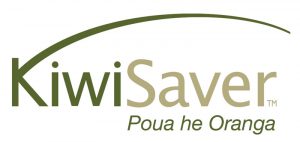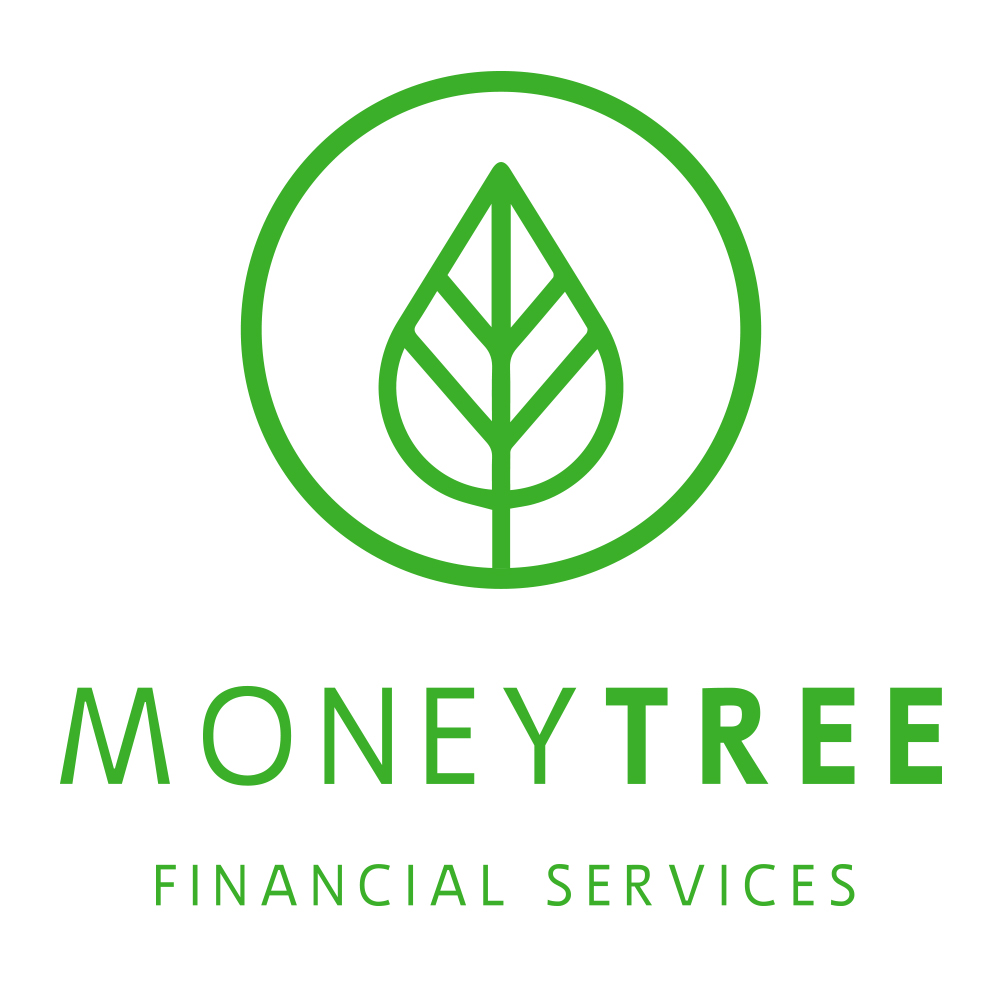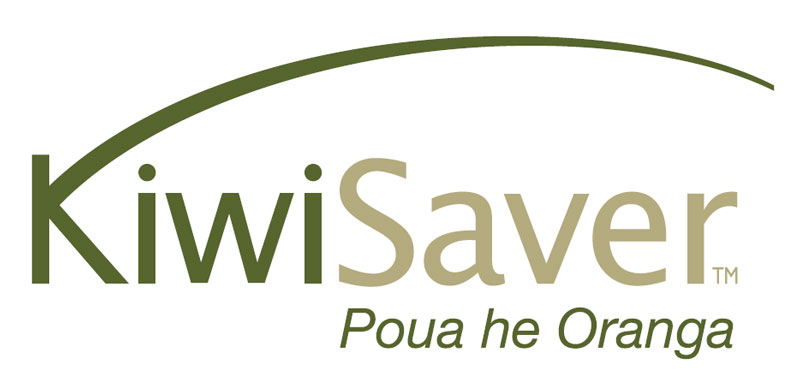 Morningstar have just published their quarterly KiwiSaver report.
Morningstar have just published their quarterly KiwiSaver report.
KiwiSaver is now 10 years old. The total KiwiSaver market is $45.6 Billion, and is now growing by more than $800 Million every month. It could crack $50,000,000,000 by the end of March.
There are currently 16 providers and 146 funds. For the calendar year 2017 every single fund generated a positive return. As always, the returns fell within a wide range. The number (16) is well down on last year’s 26 after several closures and mergers among schemes too small to really worry about. The top 3 providers hold 56% of the market. All three are Australian banks.
In 7 of KiwiSaver’s 10 years, including 2017, growth/aggressive funds have outperformed conservative funds, which is how things should be. Since most savers have a long-term horizon (after first-home withdrawals) it makes sense to be in a growth-oriented fund. But over 400,000 members are still in default schemes/funds which are all conservative, and over 1 Million of them are not contributing at all. It’s hard to count them, but some KiwiSaver members, perhaps by ignorance or inattention, will have obtained the evil trifecta – non-contributing, conservative, default fund. They probably need to see an adviser.
The worst performer was AMP’s Cash fund, delivering a less-than-your-bank-savings 1.6% after fees (before tax). The top Cash performer, though, was Kiwi Wealth, who still only got 2.8% with much of the variation across the 26 Cash funds having to do with fees. The lowest fee on a cash fund is 0.30% charged by BNZ (2.5%) and the highest fee was, you guessed it, AMP at 0.85% (1.6%).
Fees matter. This year the providers will charge about $400 Million in fees.
For all their market share and scale the banks are not the top runners for results. In the multisectors it was Generate (Focused Growth) with 23.9%, Booster (Geared Growth) 22.5% and Kiwi Wealth (Growth) 19.2% who took the podium. Next best from the banks was ANZ’s adviser-specific OneAnswer Growth fund, in 7th overall with 16.9% and no other bank funds featuring in the top 10.
This year the FMA is focusing on fees disclosed in dollars rather than percentages, as well as focusing on the quality of the advice being given, particularly around switching. They are developing tools for consumers to use to compare fees and returns, though I am concerned by their language around this.
For all the info and stats look at the Morningstar Report here: https://www.morningstar.com.au/s/documents/KiwiSaver_Survey_Q4_2017_Final.pdf



